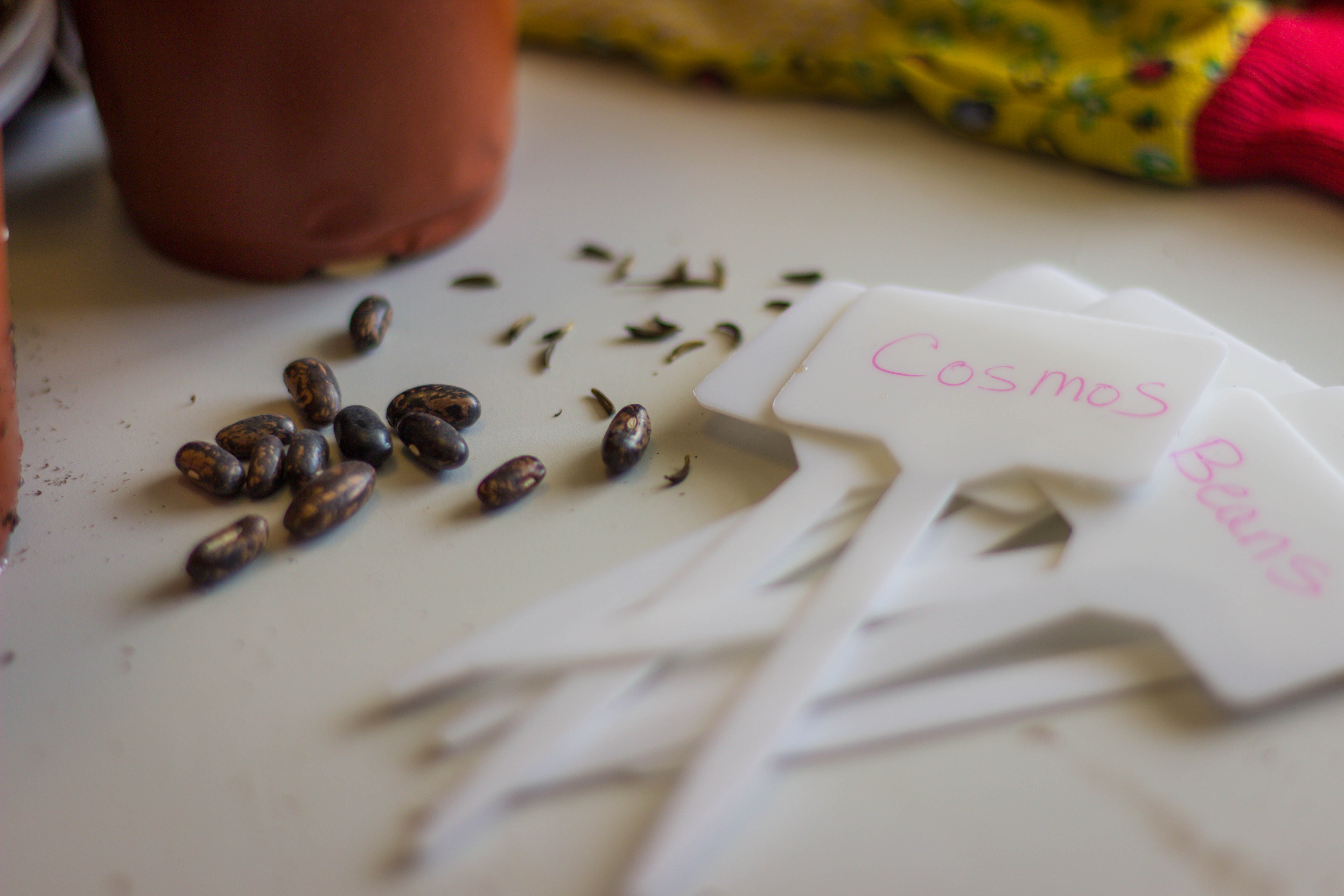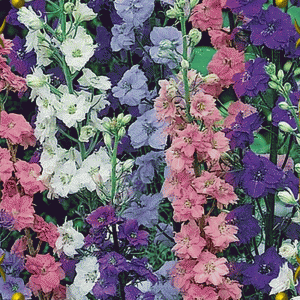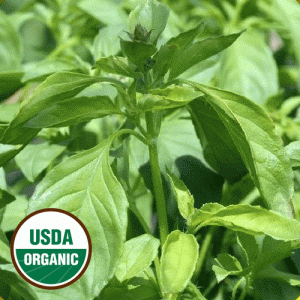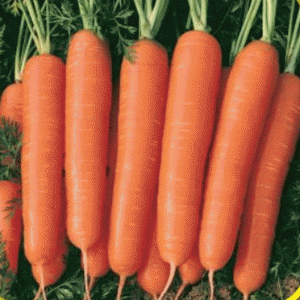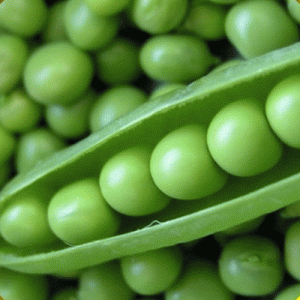Buy Seeds, Not Plants
Sometimes growing from seed is not just an option—it’s a necessity.
The spectacle of a cilantro plant in a 4-inch pot with the same price tag as a similar sized pot of rosemary or sage is comical … and not a little objectionable. Tap-rooted plants like cilantro respond to the stress of transplanting by immediately bolting. They can and should be sown directly into the garden soil. This herb is a member of a sizeable but (botanically speaking) mostly unrelated class of edible and ornamental plants that are most successful when planted from seed. This better-from-seed
clan is a good one to get to know, especially in these times of shrinking budgets.
When to choose seeds over plants
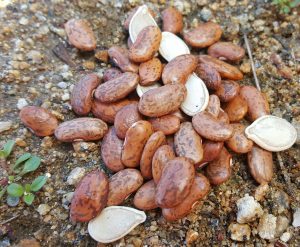
Vegetable Seeds
The garden plant industry caters to the masses; seed catalogs and
online seed companies offer a greater range of choices to the
adventurous gardener. If you want your garden to stand out from the
crowd, bypass the plant shelf and indulge in the abundant offerings of
the seed rack. The list of vegetables and flowers that are actually easier
to grow from seed is a long one. If a flower or herb readily self-sows, it
is on the list. If a vegetable has an edible root, tasty leaves, or produces
pods, it is likely on the list as well.
Start with easy-from-seed varieties and you’ll quickly learn that a little
pack of seeds yields a season of big satisfaction. Dare to experiment.
Whether your aim is food, fashion, or fun, a seed-grown garden offers an unbeatable return on investment.
Better-from-Seed Flowers
For a colorful landscape at a minimal expense, purchase a pack or two of each
of the following, and sow them when the weather is warm and settled in spring:
Bachelor’s Buttons: full sun to part shade; 1-3 ft tall; pink, blue, white, and
even near-black.
Cleome: full sun; 3-5 ft tall; pink, white, purple.
Cosmos: full sun; 1-6 ft tall; pink, white, dark rose, red, yellow, orange.
Four O’Clock: full sun to part shade; 2-4 ft tall; pink, magenta, white, yellow,
lime green, variegated and broken colors.
Larkspur: full sun; 2-5 ft tall; pink, white, purple, blue.
Sunflower: full sun; less than 2 ft to more than 10 ft; yellow, gold, orange, red.
And a few more: Amaranth, Balsam, Calendula, Morning Glory, Nasturtium, Zinnia.
Better-from-Seed Herbs
Direct-sown herbs yield bunches of seasoning leaves, and many winter hardy herbs come back the next year:
Arugula: Sow seeds in a wide row from spring through early summer, and again in fall. Each row can be cut
multiple times fro a spice/nutty salad addition.
Chervil is one of the few herbs that appreciates a little shade in
summer. Sow fresh seed in moist but well drained soil in early
spring or late summer—the lacy leaves grow in abundance when
the nights are cool. Chervil gives a delicate anise flavor to poultry,
new potatoes, baby beans, or just about anything.
Dill is as striking as it is useful. Sow dill seed in full sun, keeping in
mind that it tops out at about 3 feet. Plant anytime during the
growing season; dill thrives in spring and early summer, and
summer–sown seeds will often yield exuberant fall fronds.
Summer Savory is easy to grow yet rarely cultivated. Sow summer
savory in full sun in late spring, keeping the soil evenly moist until
the delicate seedlings can hold their own. By summer’s end, the
patch will provide you with more of the narrow thyme-like leaves than you can use. They are a flavorful
addition to soups and stews, dips and marinades, vegetables, fish, and many other dishes.
And a few more: Basil, Borage, Chives, Cilantro, Lemon balm, Oregano, Parsley.
Roots from Seed
Root crops are tasty, nutritious, and come in a wide variety of textures and
flavors. Start with these for satisfying results:
Beet: Sow successive crops from spring through late summer. They will
mature quickly to a harvestable size if seedlings are thinned to about an inch
apart. Leaves are tasty too.
Carrot: The best thing about growing your own carrots is the satisfaction
you can get from serving not just orange, but red, yellow, and purple roots.
Sow successive crops and thin to about an inch apart. At the end of the
season, pile straw on your carrot bed and harvest until the ground freezes.
Radish: Like carrots, radishes come in an array of colors. Plant the seeds
about an inch apart as soon as the soil can be worked in spring, and you’ll
have fresh radishes in your salads in a month.
Turnip: If you’ve never grown turnips before, start with one of the
Japanese salad types, a quick maturing crop that’s best harvested small—
from radish to ping-pong-ball size. The tops are every bit as tasty as the
sweet roots. Sow seeds in both spring and fall.
And a few more: Daikon, Kohlrabi, Parsnip
Easy Veggies from Seed
Seeds are the better option for most vegetables, if for no other reason than you get a lot more for your money!
Remember to buy extra seeds for successive sowings.
Lettuce: Seeds can be sown thickly for baby greens, or thinned to 8-10 inches apart for heads. The colors and
textures make as beautiful display in the garden or pot as in a salad bowl.
Mizuna: and other mustard greens: Grow mustards as you would arugula; being family members they have
similar needs. Cut small for salads, or large for healthful braising greens.
Spinach: In many regions, spinach is more easily grown in fall than spring. With a blanket of mulch it has
been known to winter over, even where winters are frigid. Sow seeds in rows and thin to 2-4 inches apart,
eating the baby leaves. The dark green leaves are renowned for their rich iron and vitamin content—the fresher
the leaves, the higher their nutritional value.
AND MANY MORE Vegetables that are EZ from Seed:
Green Beans and Edamame soybeans
Corn and Popcorn
Cucumbers
Swiss Chard
Cabbage.
Leeks.
Mustards and Other Leafy Greens.
Pak choi and Other Asian Greens
Melons and Watermelons,
Peas, both sugar and snap peas
Pumpkins and Winter Squash
Zucchini and Other Summer Squash
Kale
Collards
Tomatillos
Grateful acknowledgments to the Home Garden Seed Association for this article, used with special permission.

